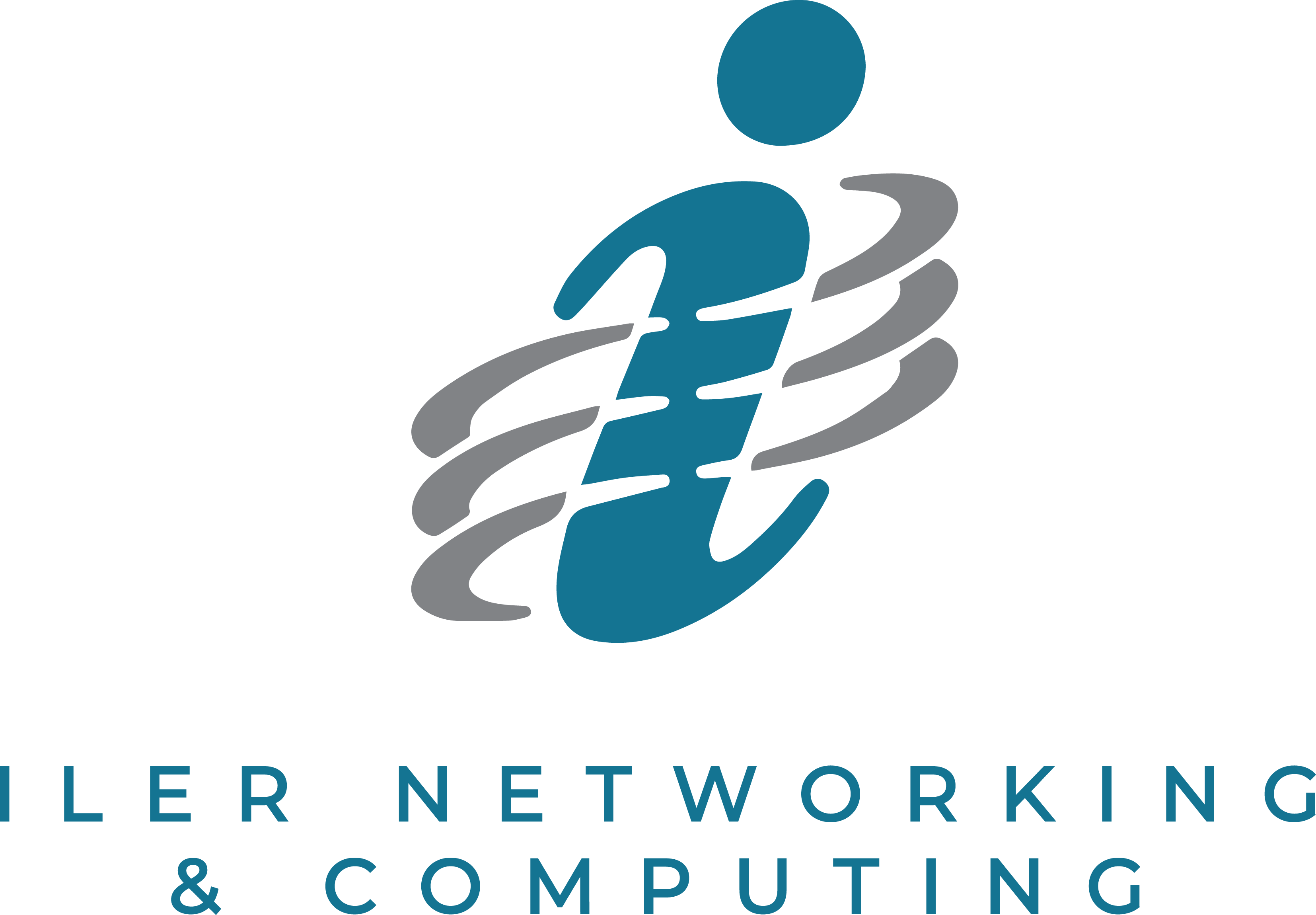Cloud computing is all the rage these days, and while some companies are moving their whole IT infrastructure to the cloud, many others are choosing to streamline their businesses by moving individual business applications.
If you are considering moving any of your company’s software applications “to the cloud,” make sure to consider these 5 tips BEFORE pulling the trigger:
- Back It Up! – Migrating data to any new location is a mess, and anything can (and usually does) go wrong. Therefore, make sure you have good, recent backup copies of everything before you make the move.
- Maintain An On-site Copy – At first, moving to the cloud can be a bit scary. What can help mitigate the risk (and the fear) is keepi
ng a local, on-site copy of your data and network image on an NAS (network-attached storage) device. That way you have a local on-site copy in addition to the working cloud copy.
- Have A “Plan B” To Access The Internet – One of the biggest questions about moving IT to the cloud is “What if the Internet goes down?” To mitigate that fail point, have a business-class Internet connection as your initial and main way to connect, and then also have a second Internet connection service as a backup.
- Use It As An Opportunity To Do Some Housekeeping – You could just copy and paste your files from your local machines into the cloud, but why not take this as an opportunity to reevaluate the structure and organization of that data? This might include re-evaluating your file organization structure, updating permission levels on files and even archiving of old files and data that are currently cluttering up your server and costing you money by storing and backing them up.
- Phase The Move – Don’t try to migrate everything all at once. Create a transition plan and implement it. Make sure you move your files in bite-size pieces so the changes are easy to digest for your clients, employees, partners and everyone else involved. This also gives you the opportunity to test the water before taking the plunge, and it allows you to put out one fire at a time instead of having all systems down or broken.
Call Us Today To Schedule Your Cloud Readiness Assessment. This service (normally $497) is FREE to you through April 30th!






